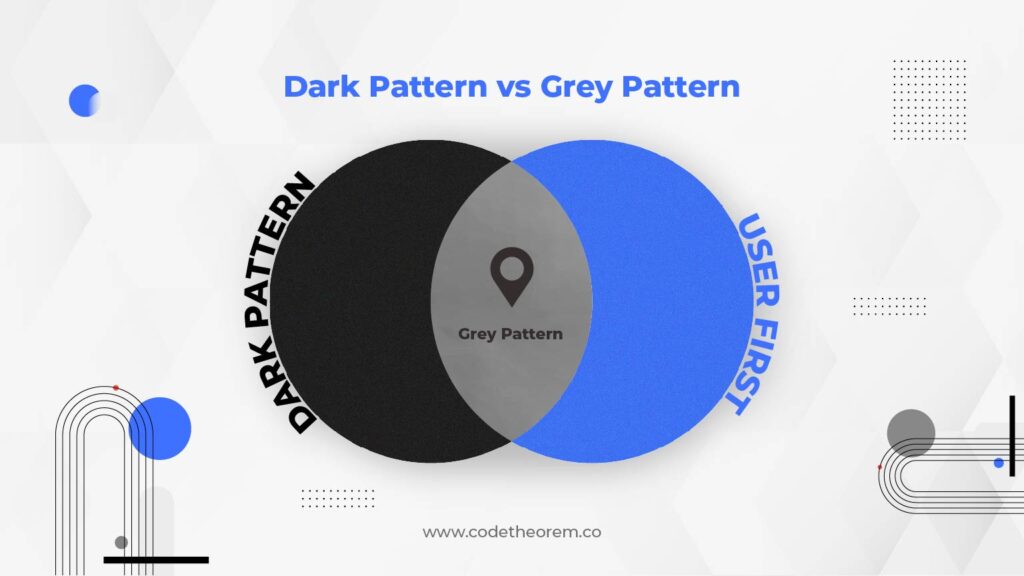Have you ever had a design requirement from a client or business that went against UX best practices? How do you cater to business goals and user needs in such situations?
Many designers still use the phrase – “The customer is always right” and believe pushing back is the answer. No doubt, UX designers should stand for their user objectives. After all, it is a part of their jobs. But, fighting for user needs without showing an understanding of business priorities can put their careers at risk.
Certainly, a company’s success is ruled by customers’ experience & revenue. That is why a smart product designer must start each work by knowing all the business priorities. Moreover, Business leaders will regard your ideas more if you better understand business priorities and UX elements. Also, learning about the communication strategy focusing on business goals and user needs is an add-on.
This blog will go through tried and tested ways of matching your UX design strategy with your business objectives. And finally, develop a solid UX portfolio that caters to your business priorities as well.
Article content
Dark Pattern or Grey Pattern

Sometimes, designers are asked to design solutions that are good for the business goals in the short term. But they’re bad for the users. This solution is termed a Dark Pattern. It is a misleading UX/UI design that fools users into doing something they don’t want to do.
On the other hand, a grey pattern occurs when a design can offer a pleasant experience to some users. But, it does influence other users into acting against their will at the same time. OTT platforms’ ‘Autoplay’ is one such example of a grey pattern. Users stay longer on the app than they want to.
Most of the UX fights between designers and product teams occur in grey and dark patterns. Crossing that thin line between the grey and the dark pattern makes all the difference. For example, a business leader wants the email sign-up form’s “Send Notifications” checkbox to be chosen by default. Users can opt-out by unchecking the box. But, it needs extra effort. Deciding whether this comes under the grey or the dark pattern is what is most crucial for designers.
Designers can sometimes choose the grey pattern when it comes to business goals. Understanding the difference between grey and dark patterns can help them tackle UX mistakes and realize business objectives.
Business Goals & User Needs: Connecting the Dots

There is a lot of difference of opinion about the phrase “user experience”. People are often confused about what it means and how it affects business priorities. Your user goals are not the only factors that matter for a nice UX. In fact, a great UX strategy is needed to connect your business goals to your user needs. It allows your users to do both what you want them to do and what they want as well. Hence, a perfect win-win situation.
Here are some ways for UX designers and product managers to match business priorities with user needs.
1. Analyse Current Position
The first step is to analyze your present UX thoroughly. Identify the benefits, drawbacks, and constraints and the influence each element has on your business priorities. This step will help you to come up with answers and standards for your user needs and business objectives. Yet, it is not enough to list the benefits and drawbacks of your existing UX. You also need to know who and what gave rise to a particular reaction.
2. Document UX Strategy
Next, you need to document the UX strategy that matches your business goals. Avoid any fine functional or tech details when outlining the chosen experience for your users. Rather, focus on the user needs and benefits and clearly define the business goals. It would be best if you also included actual results you hope to achieve with this UX.
3. Create a Roadmap
A roadmap will connect your present user goals to your business objectives. As you create your roadmap, start setting goals and timeframes, cost-to-benefit ratios, trade-offs, and allocate resources. Wireframing and prototyping will help you in bringing your high-level designs to life. Also, it will include all the important functions to achieve your business goals. Again, you may wish to discuss with other team members or role-play the various elements. It will help you to know possible barriers or unusual user behavior coming in the way of user needs.
4. Set Standards
To build a UX that coexists with your business priorities, develop the metrics that will show progress and set clear benchmarks. Define these metrics as per your user needs. For example, you may wish to improve your site’s usability, engagement, or conversion rates. You can also link these metrics and standards to your KPIs.
5. Organise Design Review Meetings
Receiving feedback on designs is an important part of a successful design process. You must be aware of what works well and where there is space for improvement. The design review is a chance for the team to give useful input. You will need to work on the feedback to create an offering that matches user needs and business priorities.
UX Problems as Business Risk: Titanic Iceberg

The user experience is about so much more than the user needs. It is designing the very best offering for your users and meeting your business goals. When designers talk about good UX as an ethical duty, they risk being called ignorant or even anti-business. The perfect solution is to present bad UX as a business risk. Besides, leaders are usually more open when you frame poor UX as a major business concern.
Businesses must know that bad UX has long-term effects even if dark patterns increase interaction for a few months. Using a dark pattern or ignoring user goals can also lead to customer loss, negative reviews, and legal actions.
Another way is to present information showing the financial outcomes of a poor design. For example, highlight the possibility of negative feedback due to bad UX. Or, give examples of lawsuits filed against companies who use a dark pattern or ignore accessibility needs.
Besides, you can promote UX research and design reviews to align business goals and user needs. Customers are usually happy about sharing their thoughts about products. UX designers can function as messengers by sharing their opinion with stakeholders using these reviews by customers themselves. Aim to reduce the customer feedback loop and assess products using lean UX principles. It is up to the managers to select the best course of action. But, they must first collect information to make an informed decision.
Blend of Business Mind & User Goals at Heart

User experience and business objectives frequently go hand in hand. For example, a simple and straightforward pricing page will save people time and difficulties. Moreover, it will also increase the conversion rate.
On the other hand, there are times when good UX and business goals cannot exist together. For example, making it too easy to cancel a membership may provide some unsatisfied consumers with a sense of relief. Yet, it will also increase the cancellation rate, resulting in a significant loss of profits for the company. At the same time, making it difficult to cancel a membership would negatively impact the important stakeholders.
Good product managers and designers strike the optimal balance between these goals. For example, they make it simple to cancel a subscription. But, they still aim to increase the number of users who choose to stay.
Hence, when building a UX design strategy, designers must be as user-friendly as possible as well as have business priorities in mind. Moreover, they should also consider interaction design goals. This can include going against the business needs of a company sometimes. Yet, it can also mean combining company business goals and user experience objectives to create a win-win situation.
Conclusion
Designers who focus on business goals and user needs can better convince leaders to value their suggestions. After all, you cannot be a user advocate ” without being a “business advocate”, too.
The above practices can help product designers gain a reputation for lowering business risks and meeting UX goals and objectives. As a result, leaders and product teams see them as valuable resources and will be more open to their ideas.


















